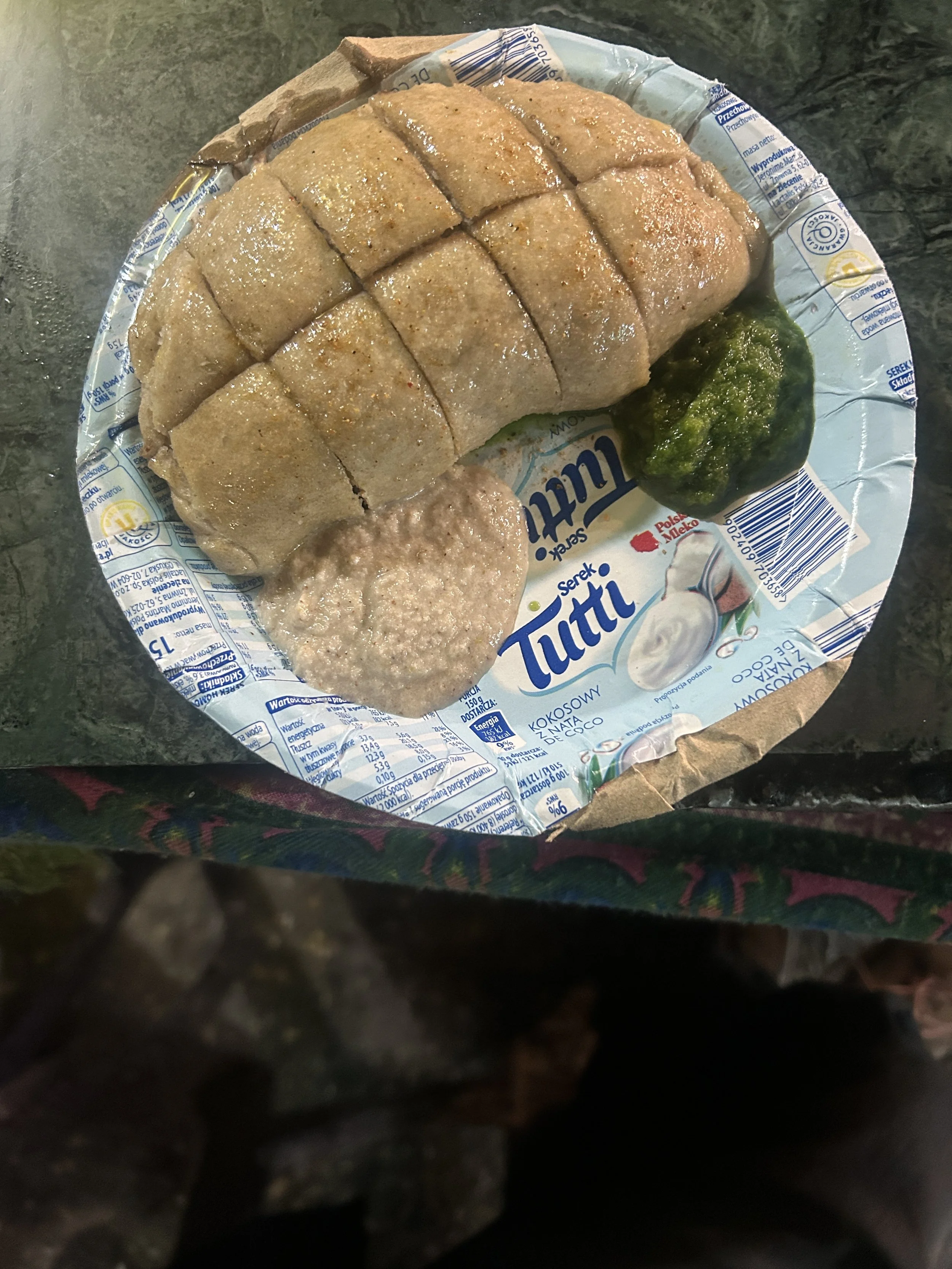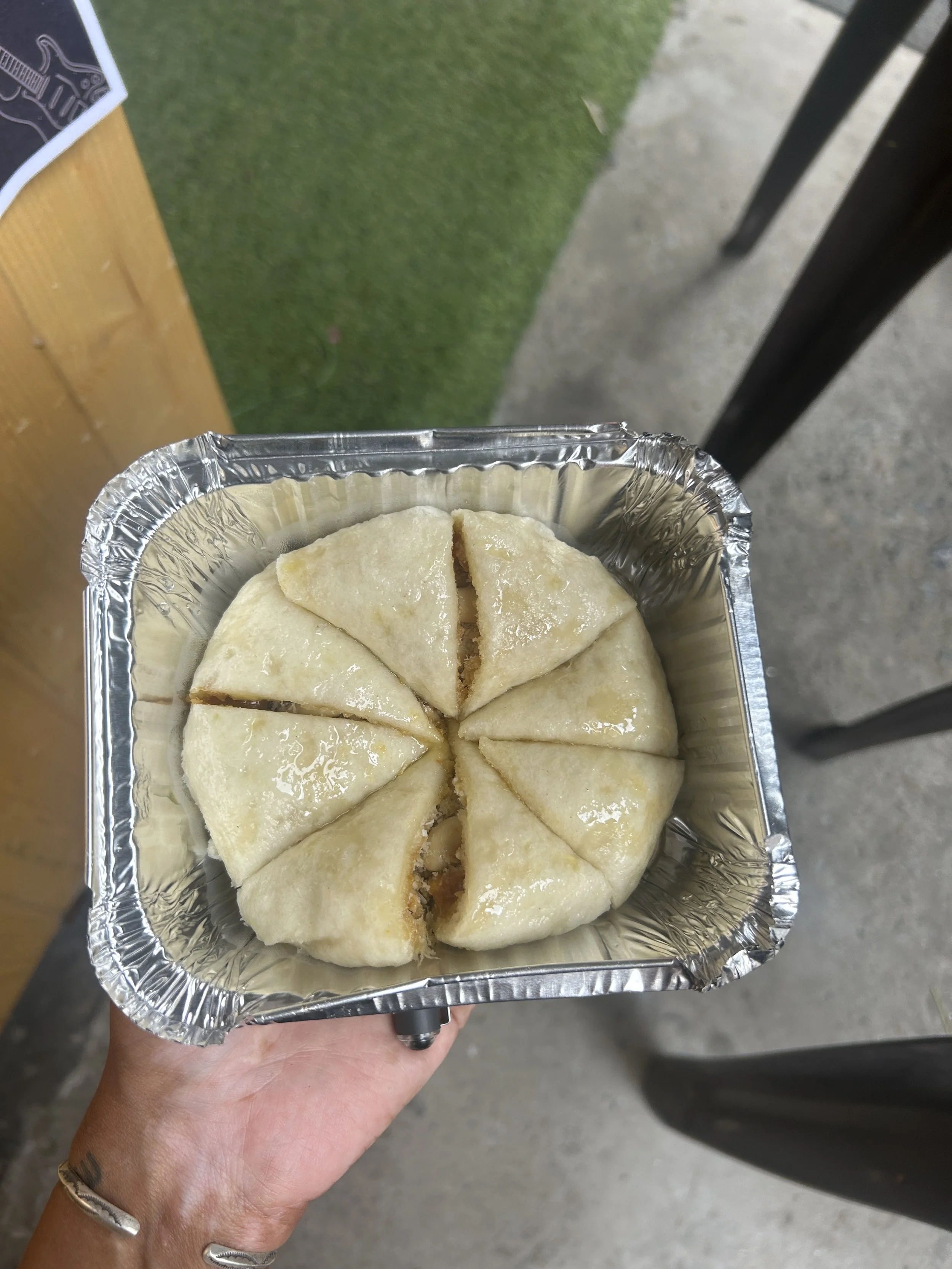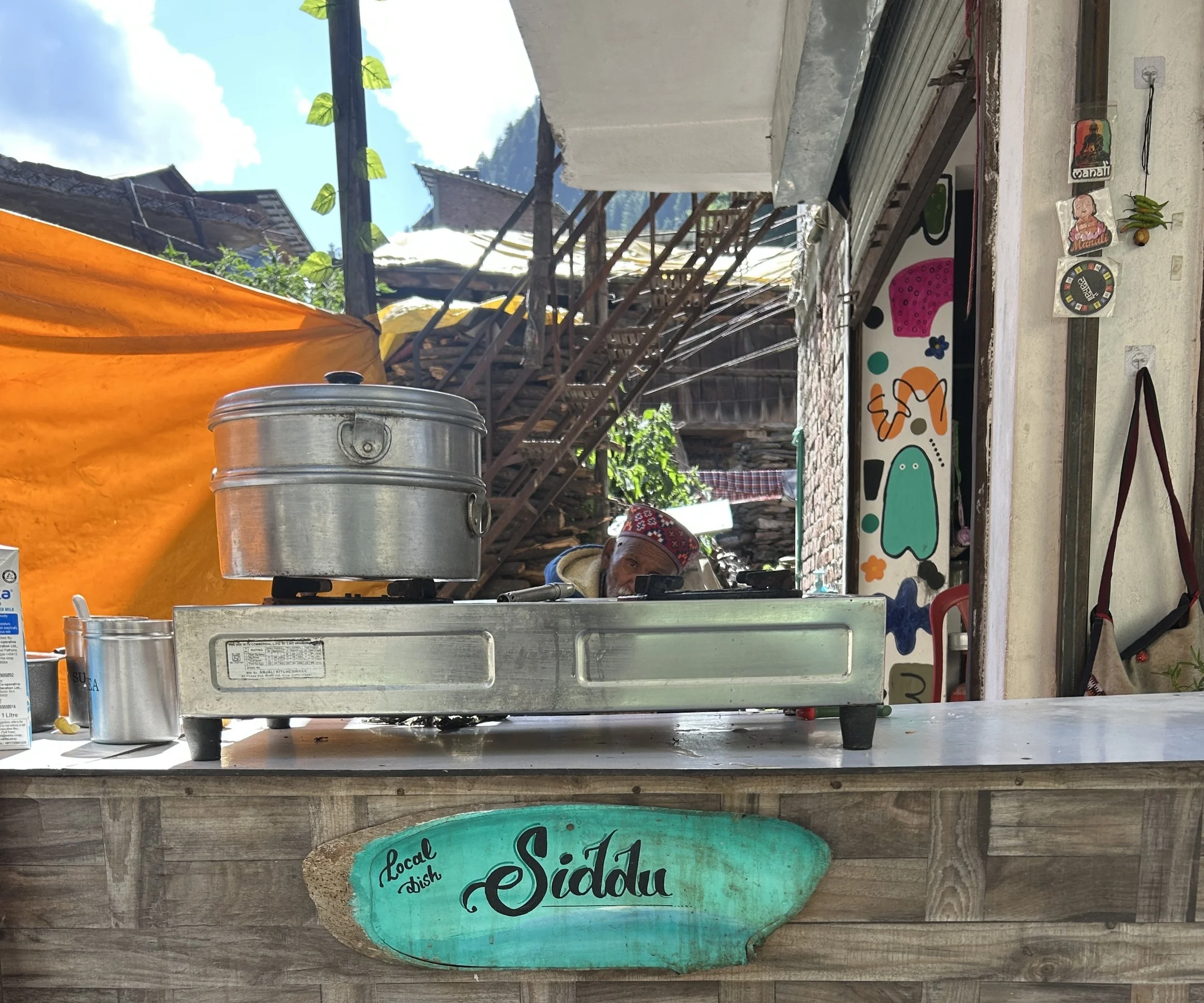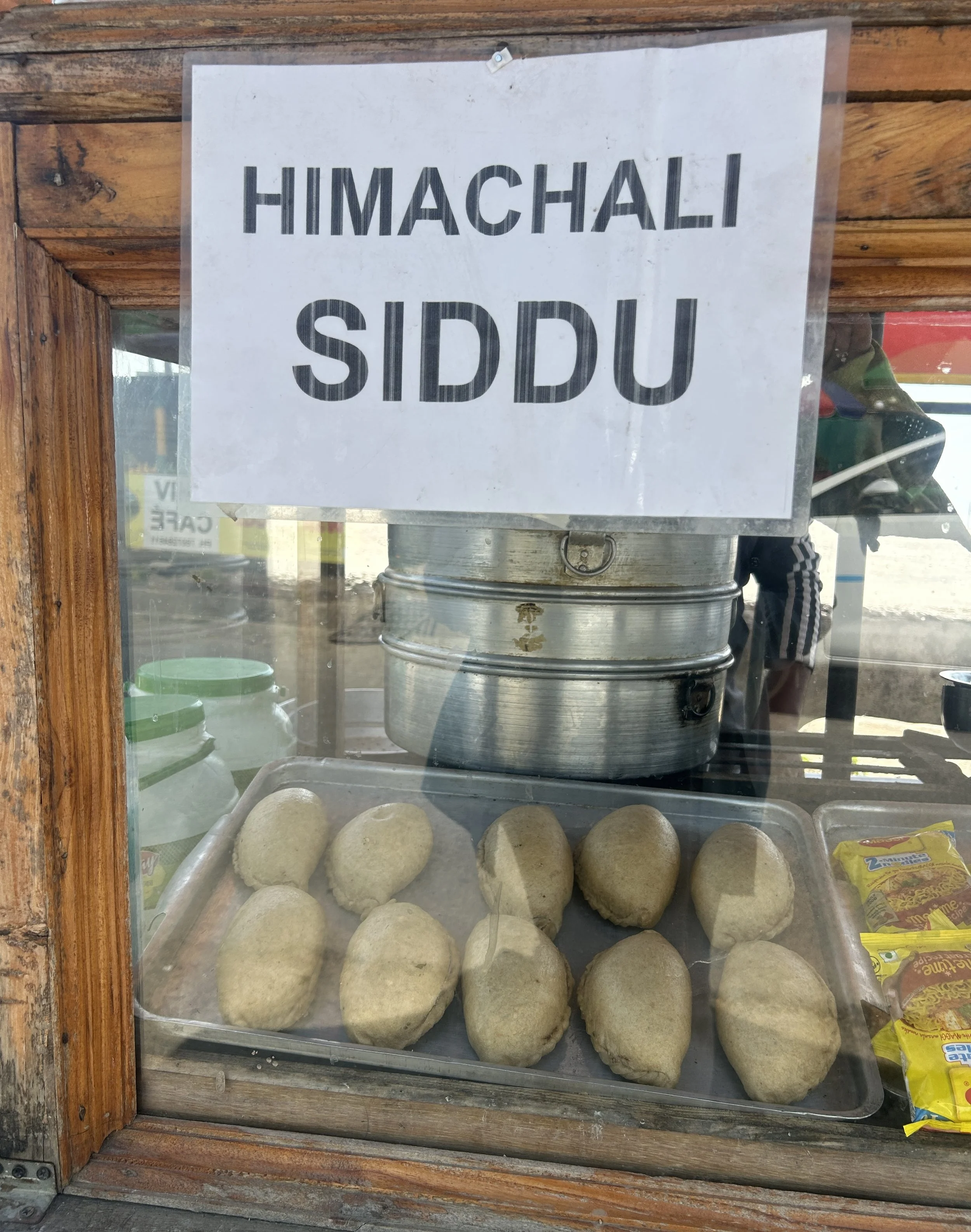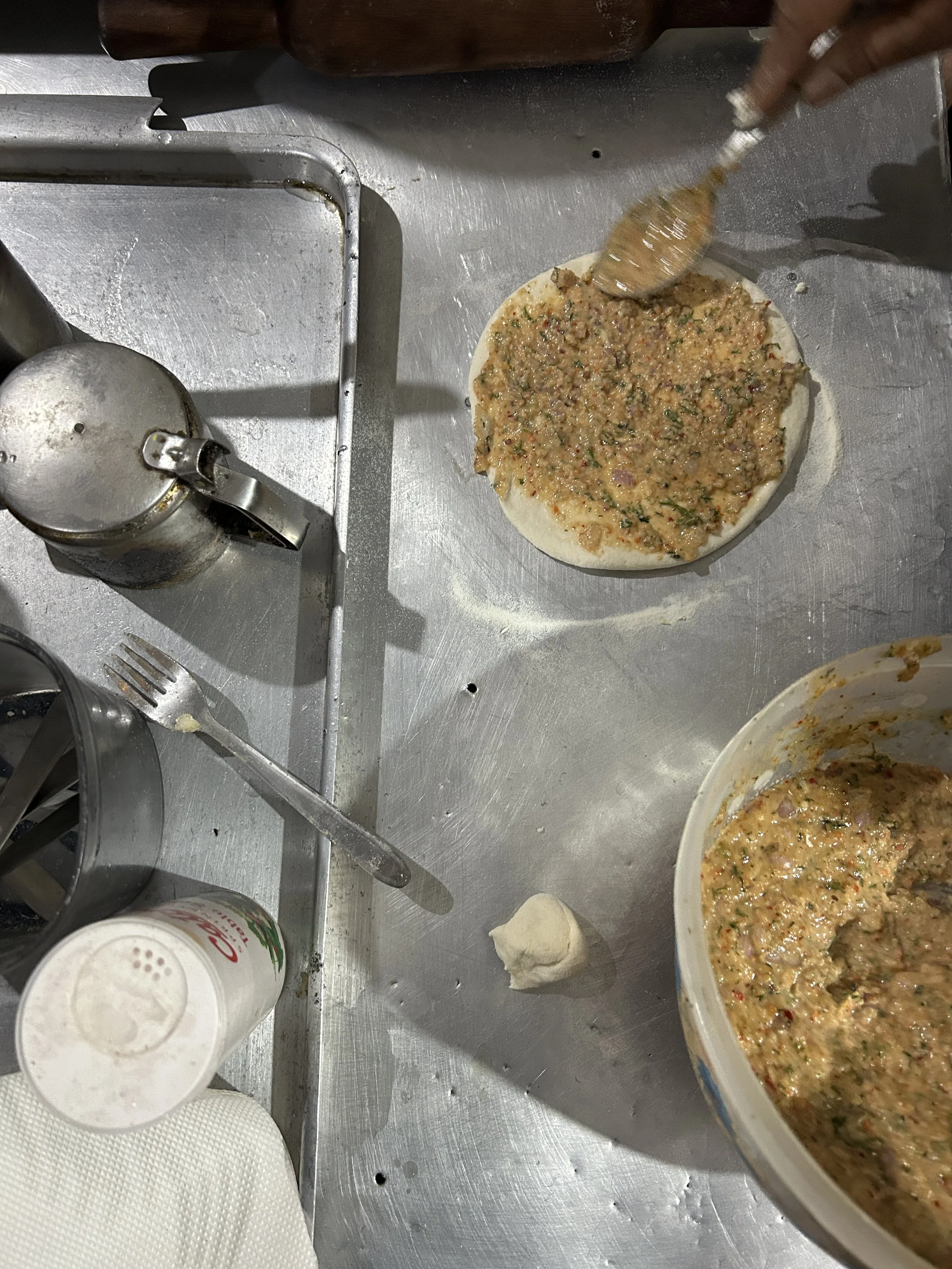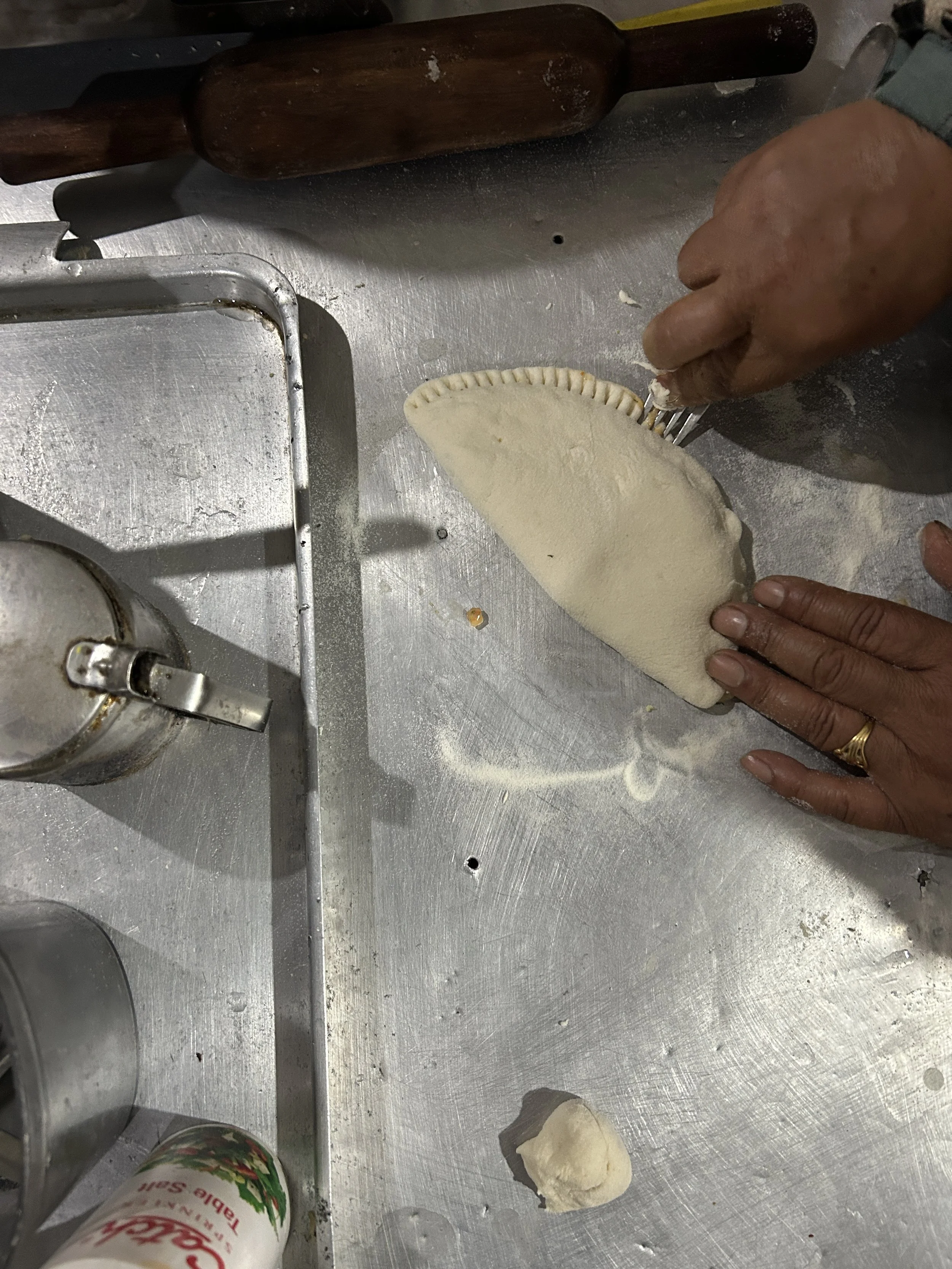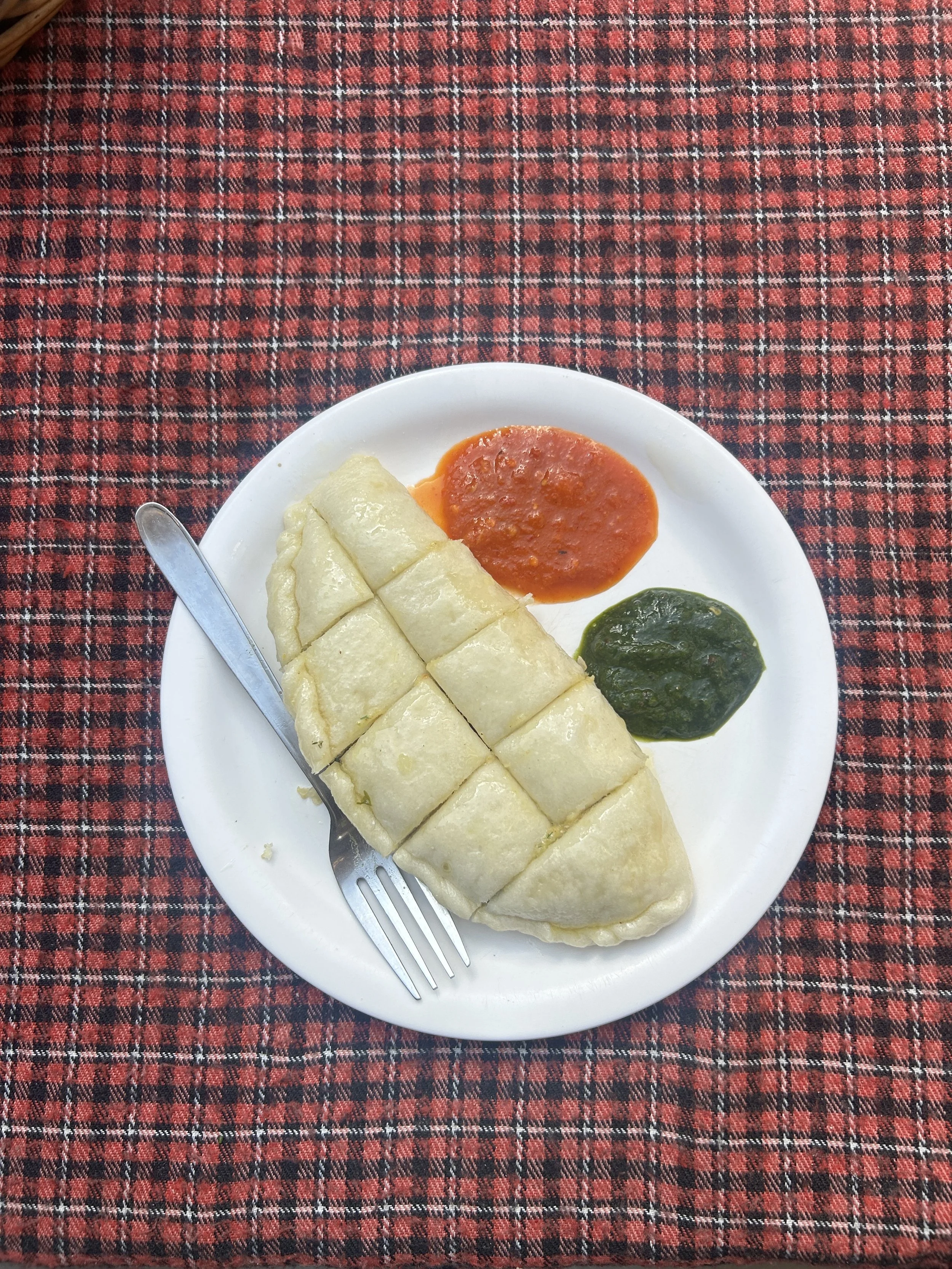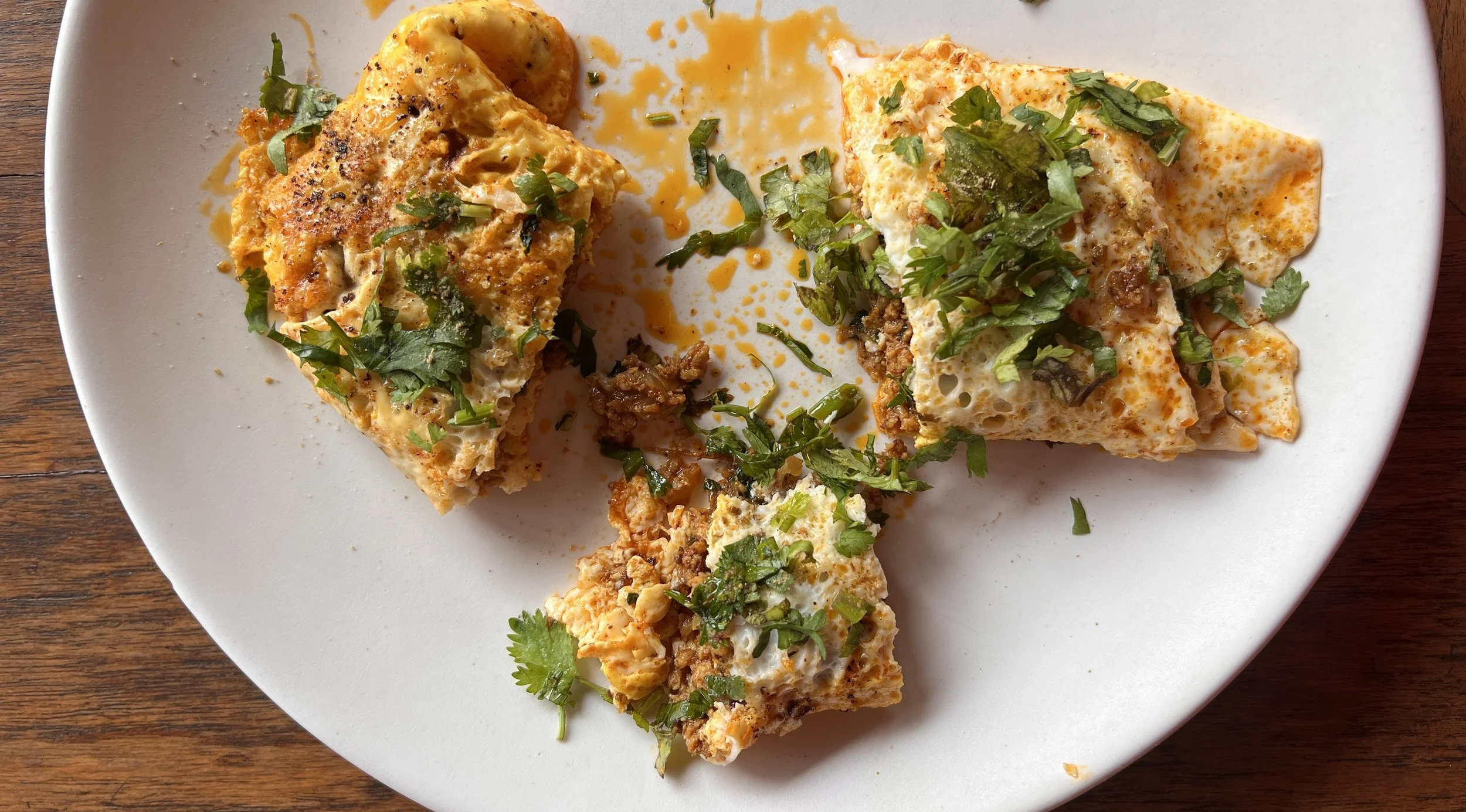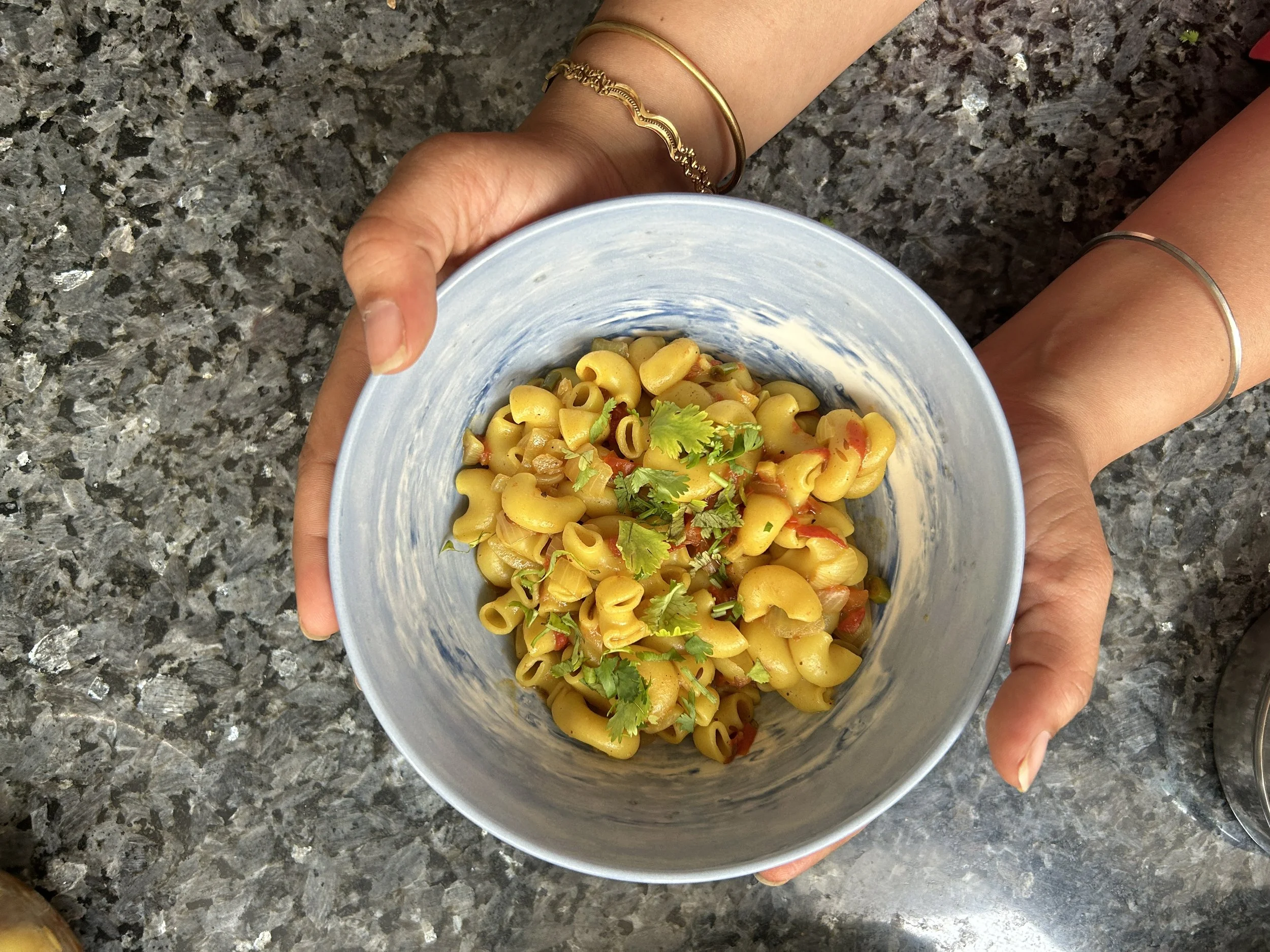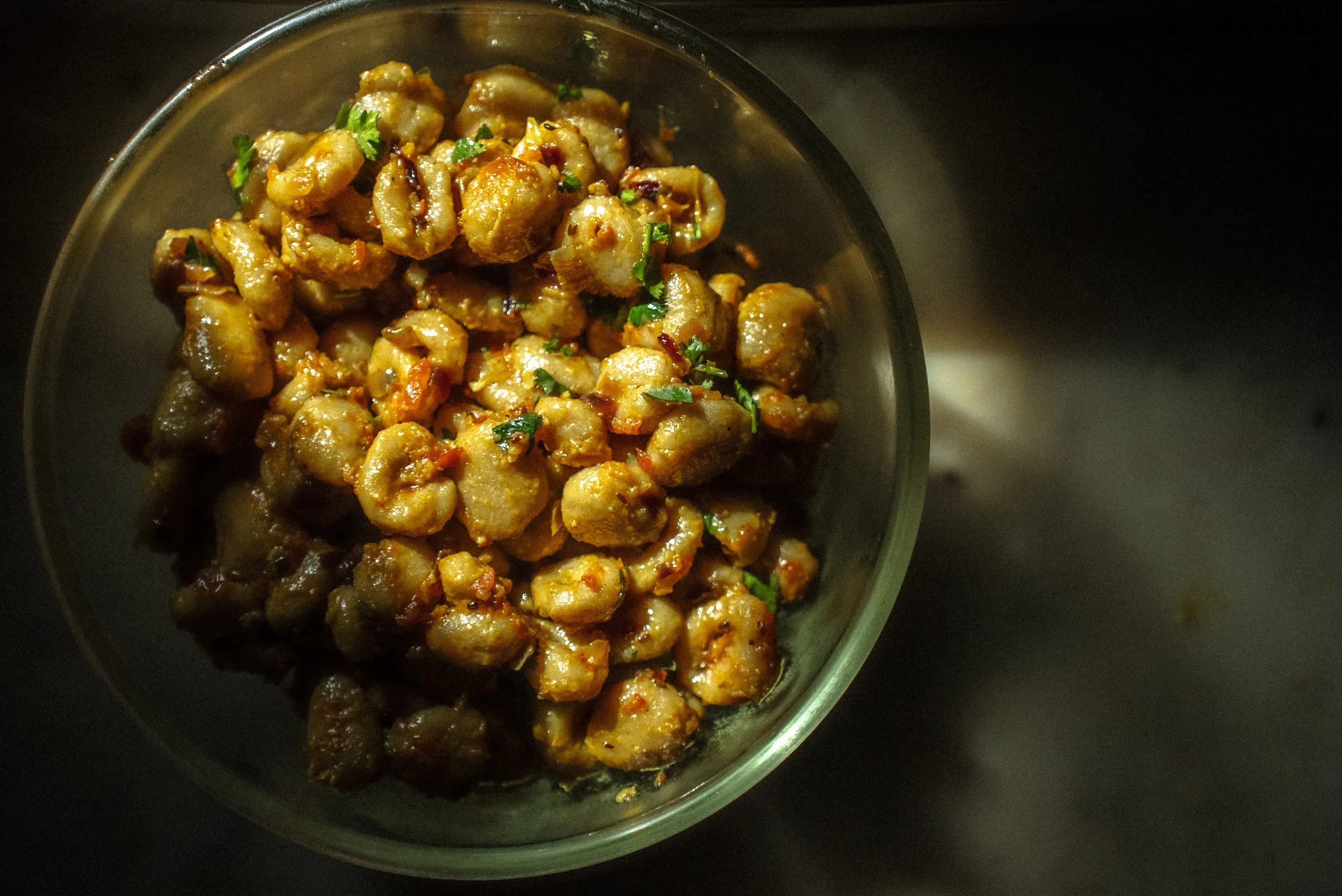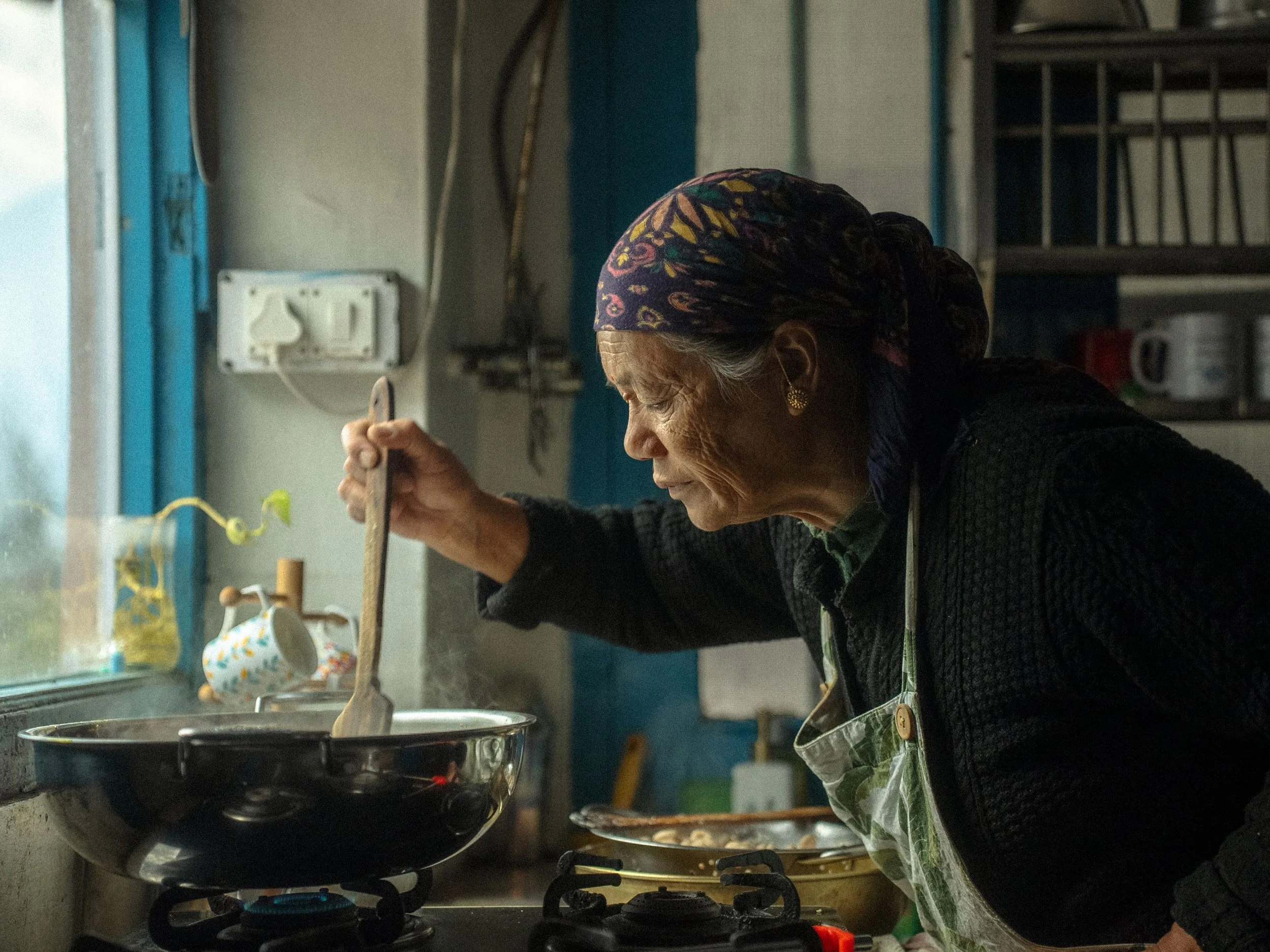Fermented, Stuffed, Delicious: Meet the Himachali Siddu

Shriya Malhotra went to Himachal Pradesh to finish art projects, enjoy the fresh air and revel in nature. Little did she know, her trip would become a discovery trip about food, especially the steamed, stuffed delicacy, siddu.
The mountains are home to a variety of culinary delicacies. The rich food culture in Himachal Pradesh is a mix of Punjabi, Tibetan, and local Pahari influences. The diverse cuisines available in the region are further compounded by recipes and techniques left behind by international visitors over time: traces of Israel in the form of shakshuka and falafel; Latin American empanadas, pao de quejo and coxinhas; Russian remnants as babkas and blinis; and, Italian foods like pizza and pasta that have been tweaked for the Indian palate over time. The region’s flavourful, local dishes are a delicious assortment of vegetables, pulses, lentils, rice, and meats, slow-cooked in equal parts ghee and yoghurt. But amidst the crowd, there is one traditional pahadi star: a unique, but overlooked food that is filling, portable and adaptable to the rugged terrain: siddu.
Siddu is made by fermenting whole wheat flour, mixing in yeast to a dough that is then filled with a paste made of assorted nuts: almonds, poppy seeds, peanuts, walnuts, and sesame as well as a combination of coriander, tomato and onions and spices as per taste. It is steamed, garnished with ghee, and served with assorted chutneys: green (often containing coriander and mint) and red (containing chilli and garlic). No two siddu are the same; but all siddu are equally delicious.
It is like the ideal compact food: good for the gut; protein dense and also very delicious.
Last year was the first time I tried siddu. It is a large, steamed bread-like dumpling, stuffed with a paste of dry fruits. Eaten on its own, it is bland and sponge-like — most likely a derivative of the bao, from cross-border trade with China and Tibet. But it is almost always eaten with a delicious array of chutneys. Every home has its own recipe, with an assortment of fillings limited only by your imagination.
Unfamiliar to those outside Himachal Pradesh, siddu is a pahadi food — a staple during the winter months, during which time it offers warmth and sustenance. It was historically made and carried by nomadic shepherds to fuel long, gruelling journeys. Sweet or savoury, it is versatile and durable, perfect for long winter treks.
What is Siddu?
Siddu (sometimes spelled as sidu) is a traditional dish of nomads, and historically consumed as sustenance on long trips. Its shape closely resembles many other stuffed breads or dumplings: think Tibetan shapale, Russian Chebureki, or even an XL South American empanada. But unlike these other stuffed breads, siddu is fermented and steamed. It delicately balances flavour, texture and nutrients through locally available carbs and proteins.
There is something universally familiar and attractive about the siddu. Among a bunch of us friends, the siddu reminded people of empanadas, Cornish pastry, a momo, a kachori, stuffed idli, even a huge modak.
Siddu is easily identified because they are folded like half-moons, reminiscent of the moon in the night sky, that guides the shepherds. Discovering siddu meant exploring seemingly limitless stuffing options. Across Himachal Pradesh, it is usually savoury, filled with local, seasonal ingredients like walnut, sesame, almonds, peanuts, poppy seeds, apricots mixed with onions and coriander. Popular adaptations also include paneer; chicken; potato; and even mutton. There is also a sweet version, which contains desiccated coconut, walnuts, sesame and jaggery.
The sweet siddu with dessicated coconut and jaggery.
Like spice mixes or homemade pickles, the recipes and fillings vary by individual taste preferences and available ingredients. Each siddu is an infusion of the personality of the person making it.
I love the shape and texture, and how quickly it satiates my hunger. It was my favourite thing to carry on walks, although it tastes best when eaten hot, liberally drizzled with ghee.
History and Cultural Significance
Siddu is believed to have originated in Mahasu, part of present-day Shimla, before it spread to other parts of the state. It reflects the unique mountain lifestyle: offering nutrient and energy rich ingredients, made using local and seasonal ingredients that suit the weather and the on-the-go lifestyle of paharis. According to some sources, siddu originates from the Tibetan word: ‘tse-doe meaning steamed bread, indicative of the historic and cultural exchange that occurred across the Himalayan trade routes.
My first encounter (and now nostalgic favorite) with the siddu was made by an elderly couple on the Bir-Billing road: Hari Ram and Shakuntala. In a tiny roadside stall, they make and steam siddus daily including a delicious chicken version which I imagine is like bunny chow. I fell in love with this particular siddu after watching their careful preparation. The beautiful patterning along the edges, made from carefully folding and pinching the edges shut. This attention to detail and beauty is so rare, especially when it comes to quick, road-side foods.
Months later when I reached old Manali, I met Sushma and Shakuntala at the Kulture Cafe, who make laphing, momo and siddu with seasonal, home-grown ingredients. The filling for their sweet siddu consists of a paste made from coconut, jaggery, peanuts, walnuts, muskmelon seeds and sesame. Sushma mixes a dough of wheat and rice flour with yeast, and I love it because the rice flour makes the dough softer and more delicate. “You can customise a siddu anyway you want to; I made one just now with just potatoes and coriander,” says Shakuntala.
“This is an invaluable traditional food in Himachali culture. For 200 years we have been making and customizing the recipe,” she says.
Where to Find Siddu?
If you happen to be in and around Bir-Billing, visit the siddu-momo stall run by Hari Ram and Shakuntala to indulge in this mountain delicacy. Call +91 98165 40935 for deliveries or find them on Google Maps.
If you are in Old Manali, stop by Kulture Café adjacent to the Manu Mandir which features a delicious traditional version of savoury and sweet siddu.
RECIPE FOR SIDDU
Ingredients
Dough:
2 cups of whole wheat flour (or substitute 1 cup of rice flour)
½ tsp salt
½ tsp sugar
1 tsp active yeast
Stuffing:
1 cup walnuts (soaked in water for 2 hours) or a mix of poppy seeds, almonds, apricots, and sesame seeds.
Method
Activate the yeast in warm water with sugar until frothy. Knead all the ingredients the same way you make dough for chapati. Cover it in ghee, and let it rise overnight.
Blend the stuffing ingredients with onions, coriander, and salt.
Roll the dough into a large flat circle, slather it with the mixture and then fold into a half moon.
Steam for 5-10 minutes or until cooked through. Drizzle it with ghee and serve it hot with accompanying chutney.
Shriya Malhotra is an artist and a researcher, who loves maps, plants, and making things. She also loves receiving mail, so pls write her at shriya.m@gmail.com
ALSO ON GOYA
